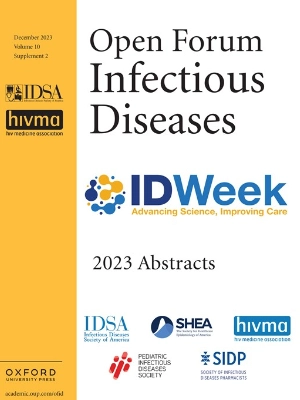Elena Garralda, Marie-Eve Beaulieu, Víctor Moreno, Sílvia Casacuberta-Serra, Sandra Martínez-Martín, Laia Foradada, Guzman Alonso, Daniel Massó-Vallés, Sergio López-Estévez, Toni Jauset, Elena Corral de la Fuente, Bernard Doger, Tatiana Hernández, Raquel Perez-Lopez, Oriol Arqués, Virginia Castillo Cano, Josefa Morales, Jonathan R. Whitfield, Manuela Niewel, Laura Soucek & Emiliano Calvo. Nature Medicine (2024).
Abstract.
Among the ‘most wanted’ targets in cancer therapy is the oncogene MYC, which coordinates key transcriptional programs in tumor development and maintenance. It has, however, long been considered undruggable. OMO-103 is a MYC inhibitor consisting of a 91-amino acid miniprotein. Here we present results from a phase 1 study of OMO-103 in advanced solid tumors, established to examine safety and tolerability as primary outcomes and pharmacokinetics, recommended phase 2 dose and preliminary signs of activity as secondary ones. A classical 3 + 3 design was used for dose escalation of weekly intravenous, single-agent OMO-103 administration in 21-day cycles, encompassing six dose levels (DLs). A total of 22 patients were enrolled, with treatment maintained until disease progression. The most common adverse events were grade 1 infusion-related reactions, occurring in ten patients. One dose-limiting toxicity occurred at DL5. Pharmacokinetics showed nonlinearity, with tissue saturation signs at DL5 and a terminal half-life in serum of 40 h. Of the 19 patients evaluable for response, 12 reached the predefined 9-week time point for assessment of drug antitumor activity, eight of those showing stable disease by computed tomography. One patient defined as stable disease by response evaluation criteria in solid tumors showed a 49% reduction in total tumor volume at best response. Transcriptomic analysis supported target engagement in tumor biopsies. In addition, we identified soluble factors that are potential pharmacodynamic and predictive response markers. Based on all these data, the recommended phase 2 dose was determined as DL5 (6.48 mg kg−1).
ClinicalTrials.gov identifier: NCT04808362.
doi: https://doi.org/10.1038/s41591-024-02805-1












